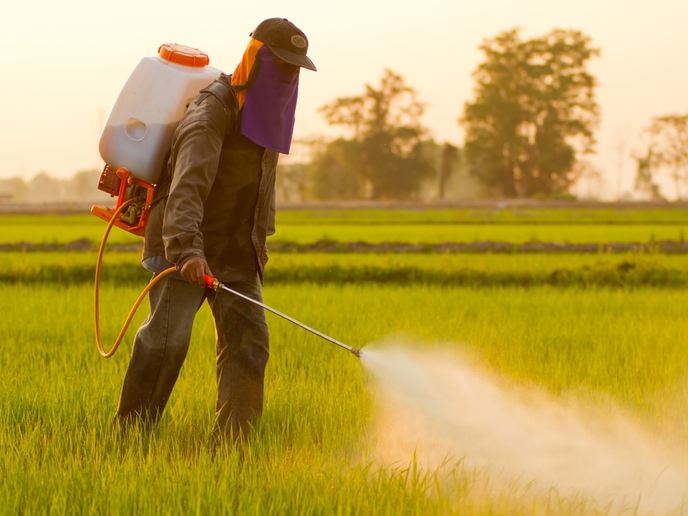Novel fungicide analytical methodology improves food safety
Dithiocarbamates (DTCs) are one of the most commonly used fungicides effective against a broad spectrum of fungi and plant diseases. Additionally, DTCs are often used in combination with modern systemic fungicides to broaden their activity spectrum and enhance plants’ resistance to various pathogens. This leads to elevated DTCs levels in food samples collected from the EU. Despite the environmental and food chain impact of DTCs, the current analytical approaches for determining their presence suffer from serious drawbacks.
Novel methodology for DTC determination
With the support of the Marie Skłodowska-Curie programme, the MET-PEST project developed and validated novel methodology for the accurate and selective determination of DTCs in food. The current European reference method for DTCs measurement is a single residue method and relies on non-selective and indirect quantification of the sum of DTCs species. To determine their concentration in fruits or vegetables, the existing method converts all DTCs fungicides into carbon disulfide, making it impossible to identify the original DTCs to which humans have been exposed. “In MET-PEST, we combined different analytical methodologies to provide complete information on the exposure to individual DTC fungicides,″ explains the research fellow Alin Constantin Dirtu. Depending on the scope of the analysis, researchers developed methods that analysed DTC content based on class, residue content or degradation product. The multi-approach strategy involved methodologies such as high-performance liquid chromatography (HPLC) combined with elemental/inorganic mass spectrometry (MS) – currently employed for trace metals speciation – and molecular/organic MS – currently employed for the organic contaminants. The approach based on the combination of HPLC with inorganic MS, was employed for the first time to determine the main degradation products of DTCs ethylene-thiourea and propylene-thiourea, currently not regulated in food in the EU. According to project coordinator Petru Jitaru: “Such a method can help improve food control and redesign the safety measures associated with DTC regulation.″ Scientists compared the analytical potential and efficiency of these methods in real-life food samples from EU countries as well as in samples imported from external markets. In addition, they investigated the impact of different cooking modes on DTCs degradation pathways. DTCs proved rather unstable upon contact with the acidity of fruits and vegetables during cutting and mixing, as well as upon storage and cooking. However, the MET-PEST methods could determine the DTCs fungicide through its degradation products.
Long-term impact
Collectively, MET-PEST has contributed towards improved analytical methodologies for DTCs determination, better understanding of their stability and ultimately their impact on health. The selective DTC determination method developed during the project has the potential to replace the current reference method and precisely determine the toxicological profiles of the different DTCs species. Moreover, it can be employed to determine DTCs molecules currently forbidden in EU countries in fruits and vegetables imported from outside the EU market, further improving food safety control. Future plans include the development of an inorganic chemical technique for measuring sulfur-based contaminants in foods. Compared to the conventional HPLC-MS approach, this method will use isotope dilution for quantification with a more accurate outcome. Jitaru is confident that “the MET-PEST methods of selective DTCs determination will lead to a paradigm shift in foodstuff control measures, positively impacting consumer health.″
Keywords
MET-PEST, food, fungicides, DTCs, food safety, HPLC, fruits and vegetables, dithiocarbamate, molecular spectrometry



